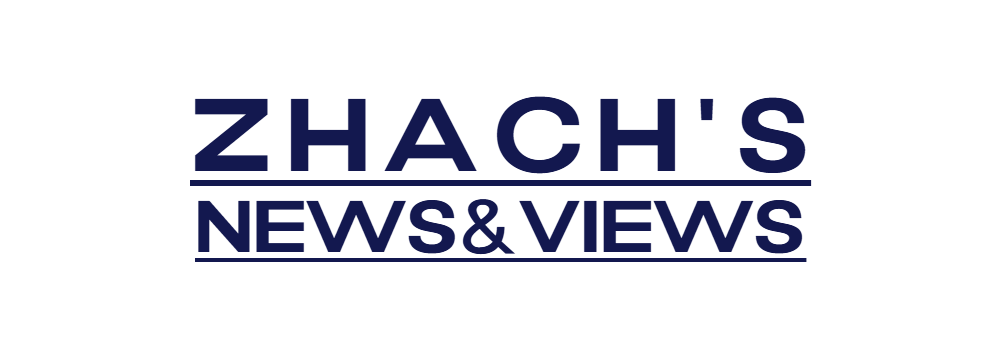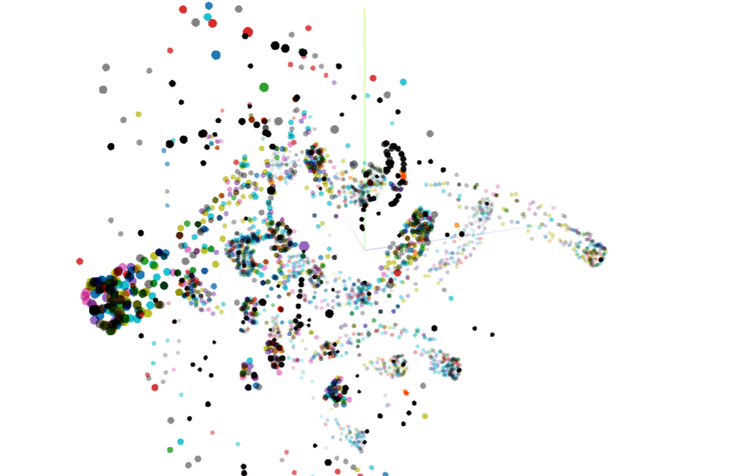Stop Guessing: The Definitive Guide to Spotting Credible Independent News Online.

Have you ever tried to dig deep into a local issue or a niche topic, only to hit a paywall on the third paragraph? It's a familiar frustration. While established news organizations grapple with business models, often locking essential information away, a vibrant ecosystem of independent journalists, bloggers, newsletter writers, and small newsrooms is stepping into the breach. They offer diverse perspectives, deep dives into specific subjects, and often, open access. But as I navigate this landscape myself, seeking out these crucial voices, that familiar question surfaces: How do I know I can trust this?
For large corporations, credibility often feels like an inherited trait, built over decades and backed by significant resources. Independent creators, however, start from scratch. They lack the imposing brand recognition and the institutional heft. Yet, their role is becoming increasingly vital, especially as quality reporting becomes less accessible behind paywalls. Building – and clearly demonstrating – credibility isn't just beneficial for these creators; it's essential for a healthy, informed public square capable of resisting the constant threat of misinformation. The challenge is clear: how can independent news creators effectively prove their trustworthiness in a way that's easy for audiences to understand, while simultaneously making it harder for bad actors to mimic?
The Foundations: Earning Trust Through Action
For independent creators, credibility isn't about legacy; it's about demonstrable practice. Trust is built block by block, through consistent, transparent actions.
- Show Your Workings (Transparency): This is non-negotiable. Be radically open.
- Funding Explained: How is your work supported? Patreon tiers? Substack subscriptions? Occasional donations? Grants? Advertisers (and who are they)? A clear, easily accessible statement about your funding model is crucial for audiences to assess potential influences.
- Methods Matter: Briefly outlining how you do your reporting builds confidence. Did you attend the meeting? Analyze the dataset (and can you link to it)? Who did you interview? Sharing your process demystifies the work and shows commitment. Consider "open notebook" concepts where feasible.
- Own Your Errors: A prominent, easy-to-find corrections policy isn't a sign of weakness; it's a mark of integrity. Clearly and quickly correcting mistakes shows you prioritize accuracy above all else.
- Rigor in Reporting: Your commitment to getting it right must shine through.
- Source Everything: Link directly to public documents, studies, official statements, or other primary evidence whenever possible. Empower your readers to follow the trail.
- Attribute Clearly: Differentiate between confirmed facts, attributed quotes, analysis, and opinion. Use clear language.
- Fact-Checking Discipline: Even as a solo creator or small team, detail your fact-checking process. Do you use checklists? Verify names and numbers meticulously? Double-check quotes? Show the effort.
- Direct Connection and Accountability: Independents often thrive on direct audience relationships. This is a strength for building trust.
- Be Reachable: Engage genuinely in comment sections, respond to emails or messages (within reason), and participate in relevant online communities. Being accessible makes you accountable.
- Foster Community: Platforms like Substack, Patreon, or Discord allow for direct interaction. Use these spaces not just for promotion, but for dialogue about your work and the topics you cover.

Making Credibility Visible and Understandable
Building trust is one thing; signaling it effectively is another. How can independent creators make their commitment to credibility readily apparent?
- The "Trust Hub": Create a dedicated page on your website or platform (e.g., "About," "Ethics," "Funding," or "Our Process"). This should be a central location detailing your mission, ethical standards, funding model, corrections policy, and potentially your background or experience.
- Integrate Proof: Don't just say you link sources; do it consistently within your articles. Make corrections visible within or alongside the original piece, not buried elsewhere.
- Show, Don't Just Tell (Portfolio): Ensure your past work is easily accessible. A well-organized archive allows potential readers and supporters to evaluate your track record, consistency, and areas of expertise.
- Leverage Platform Features (Wisely): If using platforms like Substack or Ghost, utilize features that allow direct communication with your audience about your standards and practices. Remember, the platform itself doesn't grant credibility; your actions on the platform do. Try YouTube, Instagram, TikTok, Facebook
- Ethical Declarations: Clearly state adherence to established journalistic codes of ethics (e.g., SPJ Code of Ethics), even if you aren't a formal member.
The Trouble with "Calculating" Credibility
Some proponents for independent journalists offer the idea of a credibility score for readers to quickly gauge how much they could trust a creator. The desire for this simple "credibility score" is understandable, but highly problematic. Trust is nuanced, context-dependent, and ultimately subjective. Reducing it to a number risks:
- Oversimplification: Missing the complexities of journalistic quality and ethical considerations.
- Gaming the System: Bad actors could learn to optimize for the score without genuine commitment to ethics.
- Bias: Algorithms used for scoring could inadvertently penalize certain types of reporting or smaller creators lacking specific resources.
Instead of seeking a definitive calculation, the focus should be on providing verifiable evidence that allows the audience to make an informed assessment. Think of it less like a credit score and more like an open house – allowing people to look around, check the foundations, and decide for themselves if the structure is sound. Limited signals, like recommendation networks on specific platforms (e.g., Substack Notes), can offer some insight into reputation within that ecosystem, but they aren't universal credibility metrics.
Protecting the Ecosystem from Mimics
How do we ensure that the signals of trustworthiness aren't simply copied by those spreading misinformation?
- Consistency is Key: Genuine credibility is built over time through sustained, high-quality, ethical work. Bad actors often struggle with long-term consistency or may pivot narratives abruptly.
- Responsive Engagement: Authentic creators typically engage with their audience's substantive critiques and questions. Disinformation agents often rely on broadcasting, deflection, or aggressive tactics when challenged.
- Community Vigilance: Empowering engaged readers to respectfully flag concerns (with mechanisms to prevent brigading) can be a valuable, albeit imperfect, layer of defense. Creator responsiveness to such flags is crucial.
- Media Literacy: Again, the ultimate defense lies in equipping audiences with the critical skills to evaluate any source, independent or established. Look for sourcing, check for bias, compare multiple reports.
Anyone who cares about the news ecosystem should try to keep these tips in mind.

The Path Forward: Accessible, Trustworthy Information
The rise of independent news creators, fueled partly by the economic pressures and paywalls of legacy media, represents a significant shift. It holds the potential for a more diverse, accessible, and responsive news landscape. But this potential can only be realized if these creators can effectively build and communicate their credibility. It requires a steadfast commitment to transparency, rigor, and audience engagement. It requires us, as consumers, to become more adept at evaluating the evidence presented.
This isn't about finding a shortcut to trust, but about recognizing and rewarding the hard work of ethical, independent reporting.
Let's Discuss:
- When you encounter an independent news creator, what specific things do you look for to gauge their trustworthiness?
- How much does a creator's transparency about their funding and methods influence your decision to trust or support them?
- Has the prevalence of paywalls changed how you seek out news and information?
- What tools or signals would genuinely help you feel more confident in the credibility of independent sources?
Share your perspectives and experiences in the comments below. How can we collectively build a more trustworthy and accessible information future?





Comments ()